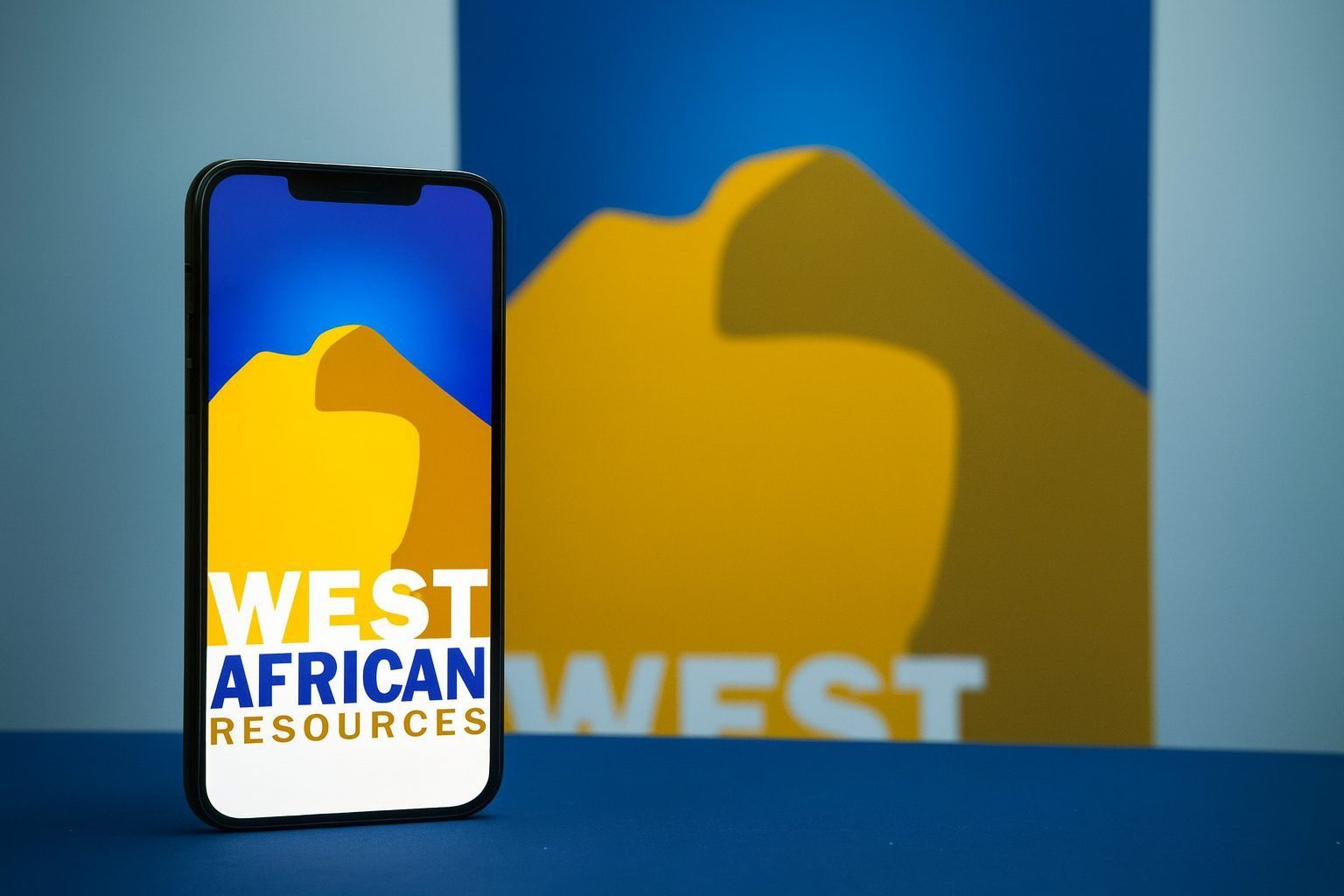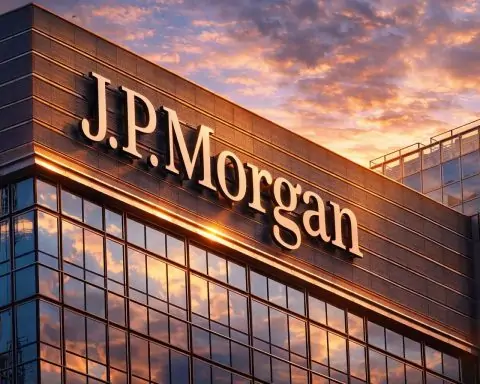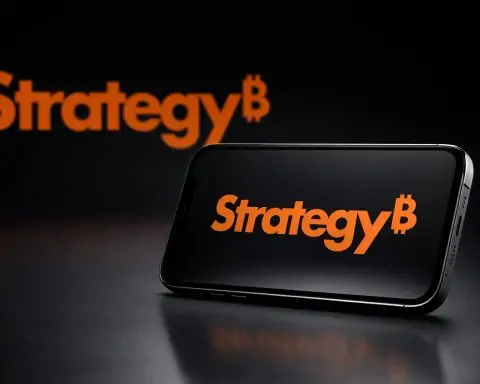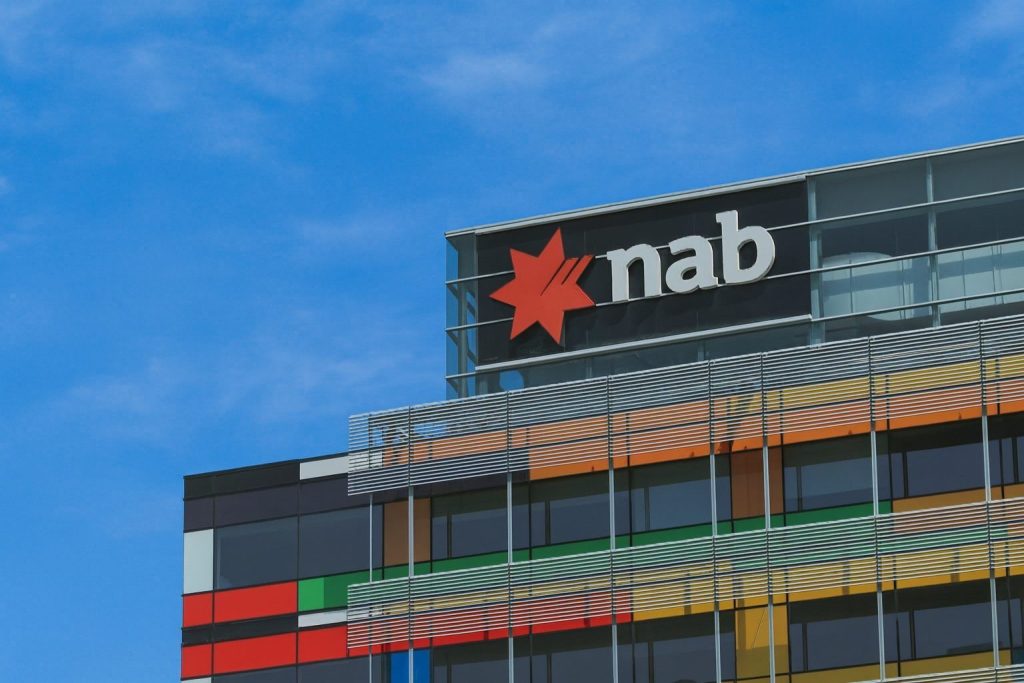West African Resources Ltd (ASX:WAF) stayed under the spotlight on Thursday, 27 November 2025, as investors continued to digest yesterday’s sharp sell‑off following the company’s return to trade on the ASX.
At around 9:20am Sydney time on Thursday, West African Resources shares were quoted at A$2.75, unchanged from the previous close, giving the unhedged Burkina Faso‑focused gold producer a market capitalisation of about A$3.47 billion. The stock is trading within a 52‑week range of A$1.42–3.09 and is still more than 80% higher than a year ago, despite the latest pullback. [1]
No fresh company announcements were released to the ASX on 27 November, meaning the market is still trading on yesterday’s news: the reinstatement of WAF securities after a three‑month suspension, and renewed scrutiny of the Burkina Faso government’s push to increase its stake in the flagship Kiaka gold project. [2]
West African Resources share price today (27 November 2025)
According to live ASX pricing on Thursday morning, West African Resources:
- Last traded price: ~A$2.75
- Previous close: A$2.75 (Wednesday, 26 November close, per major quote providers) [3]
- 52‑week high: A$3.04 (27 August 2025) [4]
- 52‑week low: Around A$1.42–1.44 (late 2024) [5]
- 1‑year gain: Roughly +80–100%, depending on the data source used [6]
There is a data discrepancy between some quote providers over Wednesday’s exact closing price:
- Several trading and analytics outlets, including TS2 and StocksDownUnder, state that WAF closed on 26 November at A$2.56, down about 15.8% from the last pre‑halt price of A$3.04. Ts2 Tech+1
- Others, including Google Finance and the Financial Times, show A$2.75 with a one‑day fall of around 9.5% from A$3.04. [7]
Whichever exact close you reference, the conclusion is the same:
West African Resources is now trading in the mid‑A$2 range, roughly 10–16% below its pre‑halt level of A$3.04, but still close to the upper half of its 12‑month trading band.
Why West African Resources shares sold off on 26 November
Return from a multi‑month trading halt
WAF’s volatile session on Wednesday followed its return from an ASX suspension and earlier trading halt that began in late August, after the Burkina Faso government requested an additional 35% equity interest in Kiaka SA, the corporate vehicle that holds the Kiaka gold project. If accepted in full, that request would lift the state’s Kiaka stake from 15% to 50%, dramatically reshaping project economics for shareholders. [8]
The ASX reinstated WAF to quotation on 25 November 2025, immediately after the company released a detailed update on its talks with the government. [9]
A sharp reset in risk pricing
When trading resumed on 26 November:
- TS2 and StocksDownUnder report that WAF closed at A$2.56, down A$0.48 or about 15.8% on the day, after trading in a tight intraday range between roughly A$2.54 and A$2.64 on elevated volume of around 14–15 million shares. Ts2 Tech+1
- MarketIndex’s wrap of the ASX 200 flagged WAF as one of the biggest large‑cap decliners, noting a roughly 9.5% slide on reinstatement. [10]
Kalkine Media’s ASX wrap summarised it this way: West African Resources “faces pressure after an extended halt”, as traders focused on how ongoing government negotiations could affect future cash flows, ownership certainty and project timelines. [11]
Proactive Investors likewise highlighted WAF as one of the major “red” names in Wednesday’s session, linking the drop directly to the three‑month trading halt and Burkina Faso stake talks. [12]
The Burkina Faso negotiations: what WAF has actually said
On 25 November 2025, West African Resources released a market‑sensitive ASX announcement titled “WAF advances discussions with Burkina Faso Government”. [13]
Key points from the company’s own statement (paraphrased):
- The government has asked to acquire an additional equity interest in Kiaka SA, beyond its current 15% free‑carried stake.
- In response, WAF has submitted an alternative proposal aimed at increasing national participation and government revenue from new and previously closed mining projects, rather than simply transferring a larger equity slice in Kiaka itself.
- Discussions are being led with Burkina Faso’s state mining vehicle SOPAMIB, created under the revised 2024 Mining Code to manage government interests in mining assets.
- The talks so far have been described as constructive, with the government reaffirming a desire for an outcome that respects “the legitimate interests of all parties”.
- Importantly, WAF emphasised that operations at Sanbrado and Kiaka remained unaffected throughout the negotiations and reconfirmed its 2025 group production guidance of 290,000–360,000 ounces of gold. [14]
The Northern Miner, summarising the situation in a piece published on 26 November, framed the development within a broader wave of resource nationalism across the Sahel, noting that military‑led governments in Mali, Niger and Burkina Faso have been revising mining codes and seeking greater economic returns from foreign miners. [15]
For now, there is no signed agreement on a revised Kiaka ownership structure. The share price is essentially trading on expectations and perceived political risk, not on a definitive deal.
Company fundamentals: growth story vs political risk
Behind the headlines, West African Resources has spent the past few years transforming itself into one of West Africa’s fastest‑growing gold producers.
Production, profitability and balance sheet
Recent public disclosures and analyst data paint the following picture:
- WAF generated H1 2025 after‑tax profit of about A$215 million on revenue of around A$477 million, producing 95,644 ounces of gold in the half, with strong operating cash flow and a cash balance near A$279 million plus unsold bullion at period end. [16]
- A Reuters‑reported summary of WAF’s Q3 2025 quarterly activities report shows gold production of 92,721 ounces and gold sales of 75,892 ounces for the quarter, underscoring a meaningful lift in output as Kiaka ramps up. [17]
- According to Google Finance and Simply Wall St data, WAF currently trades on a price/earnings ratio around 9–10x, reflecting strong profitability relative to its market value. [18]
Long‑term growth profile
West African’s own corporate material describes the group as “West Africa’s growing mid‑tier gold producer”, with: [19]
- A plan to produce roughly 4 million ounces of gold over the next decade,
- Unhedged resources of about 12.8 million ounces and Ore Reserves of around 6.1 million ounces, and
- A production profile expected to peak at about 470,000–570,000 ounces per year around 2029, depending on the exact scenario and time frame referenced.
Mining.com.au previously highlighted that WAF’s projects have benefited from record gold prices, while Business Insider Africa noted that the adoption of Burkina Faso’s 2024 mining code, which lifted the government’s free‑carried stakes in key projects from 10% to 15%, had a one‑off A$33.4 million accounting impact on WAF’s retained earnings – but still left the company controlling the vast majority of its ounces. [20]
How analysts and commentators are reading WAF after the sell‑off
Valuation: still undervalued, on some models
A fresh note from Simply Wall St (26 November 2025) points out that, even after WAF’s blistering run earlier this year:
- The stock had gained over 100% year‑to‑date and delivered a five‑year total shareholder return of around 240% before the halt.
- Yet its most widely read valuation “narrative” still sees WAF as about 24% undervalued, with an estimated fair value around A$4.00 per share based on forecast production growth and margins at Sanbrado and Kiaka. [21]
That analysis, however, was based on a last close of A$3.04 before the August halt; it has not yet fully incorporated the post‑reinstatement drop or any future dilution/renegotiation risk at Kiaka.
Commentators: political premium has jumped
- TS2 describes Wednesday’s move as a “big sell‑off on ASX reopening”, arguing that the market is now pricing in higher political risk after Burkina Faso’s request to double its equity stake in Kiaka. Ts2 Tech
- StocksDownUnder similarly notes that a 16% one‑day fall is a typical “reset” after a long suspension when investors reassess regulatory uncertainty, and poses the question of whether this is a “buy the dip or exit now?” moment, depending on individual risk tolerance. [22]
- Kalkine Media’s market wrap emphasises that WAF’s drop came “after an extended halt”, with traders focusing on ownership certainty, operational continuity and the ability to execute its long‑term growth plan in a changing regulatory environment. [23]
Key risks now front of mind
For investors looking at West African Resources on 27 November 2025, the main issues the market appears to be weighing include:
1. Resource nationalism & country risk
Burkina Faso’s push for a larger stake in Kiaka comes on top of the 2024 mining code changes that increased free‑carried government interests across WAF’s key projects and mandated priority dividends to the state. [24]
Across the Sahel, several countries have revised mining codes and revisited agreements with foreign miners in the name of “resource sovereignty”. The Northern Miner points out that WAF’s talks sit within this wider pattern of governments seeking a bigger share of profits from strategic assets. [25]
2. Project concentration
WAF’s growth strategy is heavily tied to Kiaka and Sanbrado. While the company also holds the Toega project and regional exploration ground, a significant negative change in Kiaka’s economics (through higher state ownership or additional fiscal measures) would have a material impact on the 10‑year production outlook.
3. Gold price and cost pressures
As an unhedged producer, West African is highly leveraged to the gold price. The same dynamic that helped drive record profits in H1 2025 could work in reverse if gold were to correct. Meanwhile, any inflation in labour, energy or security costs in Burkina Faso could squeeze margins. [26]
4. Security and operational risk
Burkina Faso continues to face a challenging security environment, and resource‑rich regions remain exposed to insurgent activity and infrastructure constraints. While WAF has so far maintained operations, the broader Sahel risk backdrop is a constant watchpoint for investors and lenders. [27]
What to watch next for West African Resources
As of 27 November 2025, there are no new ASX announcements beyond the 25–26 November reinstatement and government‑talks update. [28]
Near‑term catalysts and watchpoints include:
- Further updates on negotiations with SOPAMIB
- Any agreement outlining a revised Kiaka ownership and fiscal framework will be price‑sensitive and could trigger another major move in the share price – in either direction.
- Follow‑through from the November 2025 investor call
- WAF hosted an investor call on 26 November to discuss the quarterly reports and Burkina Faso negotiations. Market reaction suggests investors remain cautious until they see a concrete outcome rather than general reassurances. [29]
- Next quarterly activities and cashflow reports
- The November quarterly reports (released earlier this month) confirmed strong production and cash generation. Future quarterlies will show whether Kiaka’s ramp‑up and any new fiscal terms still support the long‑term production and margin profile investors were previously banking on. [30]
- Gold price direction
- Spot gold has been trading near record levels in 2025. Any sustained move higher could cushion the impact of a less favourable stake outcome; a sharp pullback could compound the market’s concerns.
Should investors buy, hold or avoid WAF after the pullback?
From a news perspective, here’s the balance‑sheet‑meets‑politics trade‑off the market is trying to reconcile today:
- Positives
- High‑quality gold assets with a long mine life in a globally significant gold belt. [31]
- Demonstrated profitability, strong margins, and material recent NPAT and cash generation. [32]
- A production profile that, on paper, could support multi‑year growth and potentially justify higher valuations if execution and terms stay favourable. [33]
- Negatives / uncertainties
- Elevated sovereign and regulatory risk as Burkina Faso seeks a larger stake in Kiaka and pursues broader resource nationalist policies. [34]
- Heavy project concentration in a single country and a small cluster of assets.
- Ongoing uncertainty until a binding agreement with the government is disclosed and modelled.
Because risk tolerance, time horizon and portfolio mix vary from one investor to the next, it isn’t possible – or responsible – to say whether you personally should buy, sell or hold WAF. This article is general news and commentary only, not financial advice.
If you are considering an investment decision around West African Resources:
- Review the latest ASX announcements and quarterly reports in full. [35]
- Read recent independent research and valuation work, such as the Simply Wall St and broker analyses referenced above. [36]
- Consider speaking with a licensed financial adviser who understands your personal objectives, financial situation and risk appetite.
For readers who want to go deeper into today’s coverage and background on West African Resources, here is a selection of recent stories from reputable outlets:
References
1. www.google.com, 2. www.asx.com.au, 3. www.google.com, 4. www.intelligentinvestor.com.au, 5. www.intelligentinvestor.com.au, 6. simplywall.st, 7. www.google.com, 8. announcements.asx.com.au, 9. announcements.asx.com.au, 10. www.marketindex.com.au, 11. kalkinemedia.com, 12. www.proactiveinvestors.com, 13. announcements.asx.com.au, 14. announcements.asx.com.au, 15. www.northernminer.com, 16. mining.com.au, 17. www.tradingview.com, 18. www.google.com, 19. www.westafricanresources.com, 20. mining.com.au, 21. simplywall.st, 22. stocksdownunder.com, 23. kalkinemedia.com, 24. africa.businessinsider.com, 25. www.northernminer.com, 26. mining.com.au, 27. www.northernminer.com, 28. www.asx.com.au, 29. www.marketindex.com.au, 30. www.marketindex.com.au, 31. www.westafricanresources.com, 32. mining.com.au, 33. www.westafricanresources.com, 34. www.northernminer.com, 35. www.asx.com.au, 36. simplywall.st







